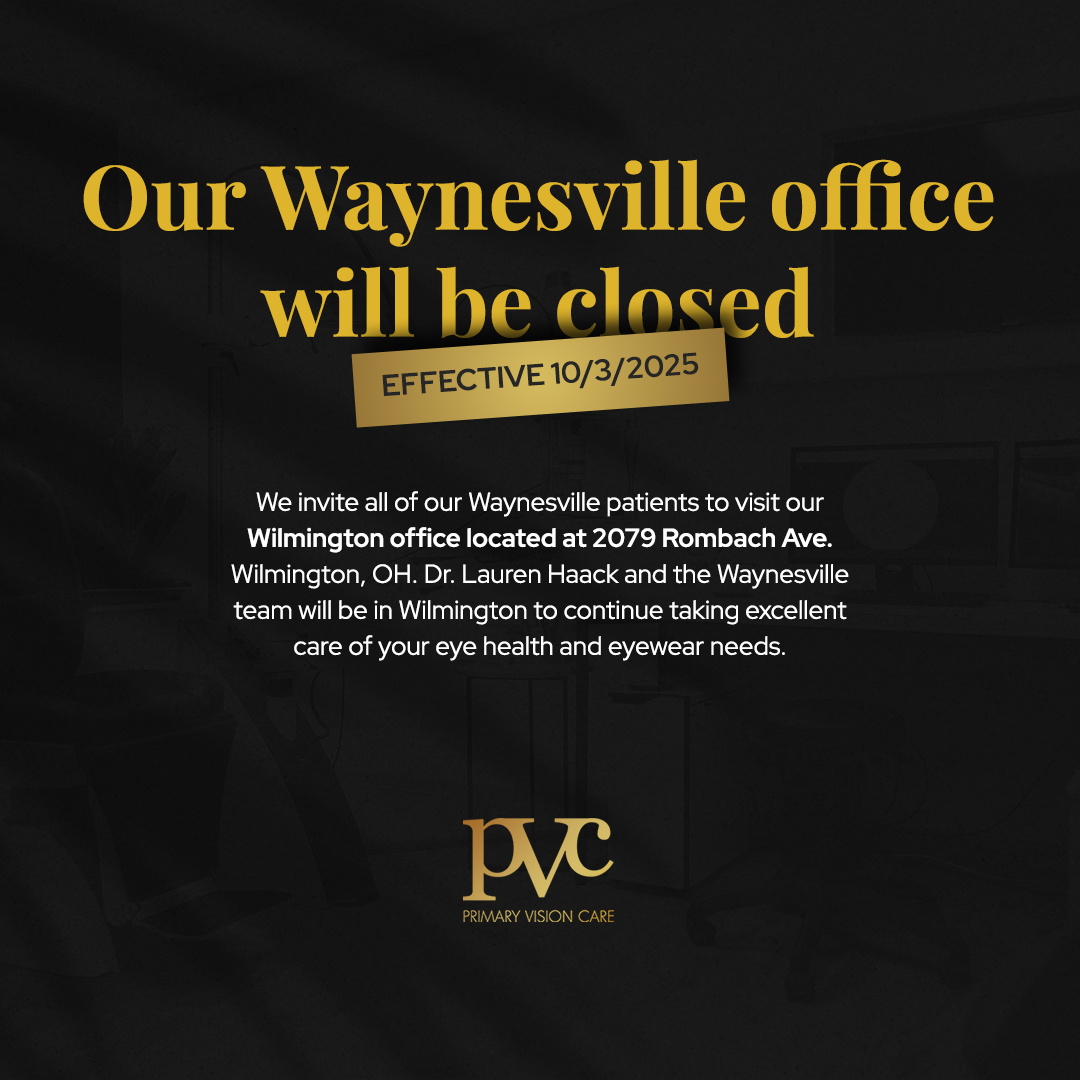
February is National Age-Related Macular Degeneration Month. Better known as AMD, age-related macular degeneration is the leading cause of low vision and blindness in Americans over the age of 60 and affects around 1.6 million people in the United States. Here’s what you need to know about this eye condition and how you can minimize your risk of experiencing it.
What is age-related macular degeneration?
AMD is a condition that affects part of the eye called the macular. The macula is the part of your retina that is responsible for enabling you to see color, as well as your central vision and ability to see fine details. This makes it essential for good quality vision.
There are two different types of age-related macular degeneration. These are known as ‘dry’ and ‘wet’.
Dry macular degeneration
Dry AMD is the most common type, accounting for around 90% of cases of the condition. Dry AMD has nothing to do with actual dryness, but simply distinguishes it from the ‘wet’ variety. In dry AMD, the cells of the macula start to deteriorate with advancing age, breaking down and this makes them unable to work as efficiently as before. Dry AMD develops slowly, usually over a period of years. This means that it can take a long time for symptoms of the condition to appear and to be significant enough to cause concern.
Wet macular degeneration
Wet AMD is quite rare, only affecting around 10% of people with the condition. Wet AMD occurs when abnormal blood vessels start to grow into the macula, and these are weaker than normal, causing them to leak blood and fluid onto the retina. Unlike dry AMD, wet AMD develops suddenly, and urgent treatment is essential to prevent rapid and permanent damage to your vision.
How do I know if I am affected by macular degeneration?
There are many signs and symptoms associated with AMD, including:
- Distortion or dark spots in the center of your vision
- Objects look smaller than normal
- Lines that should be straight, such as lamp posts, seem wavy, bent, or otherwise distorted
- Colors seem duller
- Sensitivity to light
- Hallucinations
- Difficulties in carrying out day to day activities due to vision problems, including watching television, reading, driving, or even recognizing faces
Symptoms can affect one eye or both at the same time, although they may appear to develop at different rates. Unlike some other eye conditions, AMD is very rarely painful. And as we know, the symptoms may appear much more suddenly in cases of wet AMD.
Can age-related macular degeneration be treated?
Unfortunately, any vision that’s been lost due to macular degeneration is permanent and can’t be restored. However, if you are diagnosed with wet AMD, there are treatments that could slow the progression of your disease. The most common is an injection of a medication called an anti-VGEF which prevents the growth of further abnormal blood vessels in your eyes, stopping any additional bleeding and leaking which could damage your vision further. However, for patients with dry AMD is it simply a case of adapting to your limited vision, using visual aids such as magnifying lenses, brighter lighting, and screen aids.
Your eye doctor will be able to help you find solutions that offer the greatest support.
Can AMD be prevented?
It’s not always clear why some people develop AMD and others don’t. However, there are some factors that could increase your risk of developing this disease, including:
- Being above the healthy weight range for your height
- Being over the age of 50
- Smoking
- Drinking above the recommended alcohol intake
- Taking recreational drugs
- A poor diet
- Spending excess time outside without UV eye protection
By maintaining a healthy weight and lifestyle, you could reduce your risk of experiencing macular degeneration, as well as other eye health issues.
For more information about age-related macular degeneration, or to schedule an appointment to discuss your concerns, visit Primary Vision Care at our offices in Newark, Lancaster, Mount Vernon, Wilmington, or Waynesville, Ohio. You can call (740) 299-1155, (740) 654-9909, (740) 393-6010, (937) 382-4933, or (513) 897-2211 today to schedule an appointment.








